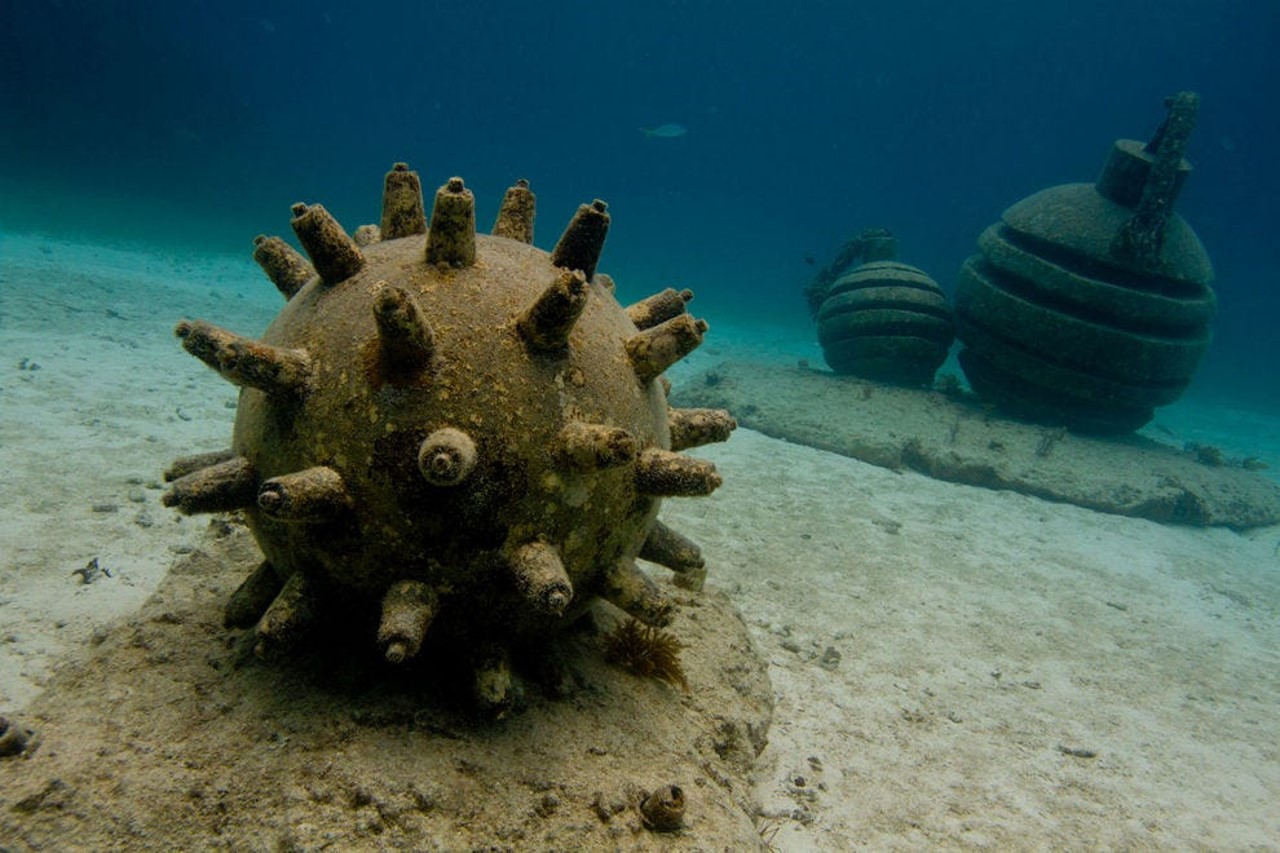Marine environmental protection and maritime security are major sociopolitical tasks at present. All riparian states of sea and ocean basins of Europe are affected by a legacy of past wars: munitions, resting and corroding on the seabed. The JPI Oceans Munitions Portal opens up the state of knowledge from science, economy, politics and non-governmental organisations.
Management options range from charting and monitoring to the removal of hazardous objects filled with both conventional and non-conventional (CBRN) warfare agents. The remediation of the seabed requires significant investments in safe habitats, free of point sources of pollutants that pose health risks to the marine flora, fauna, seafood, and the safety of humans using the seas.
